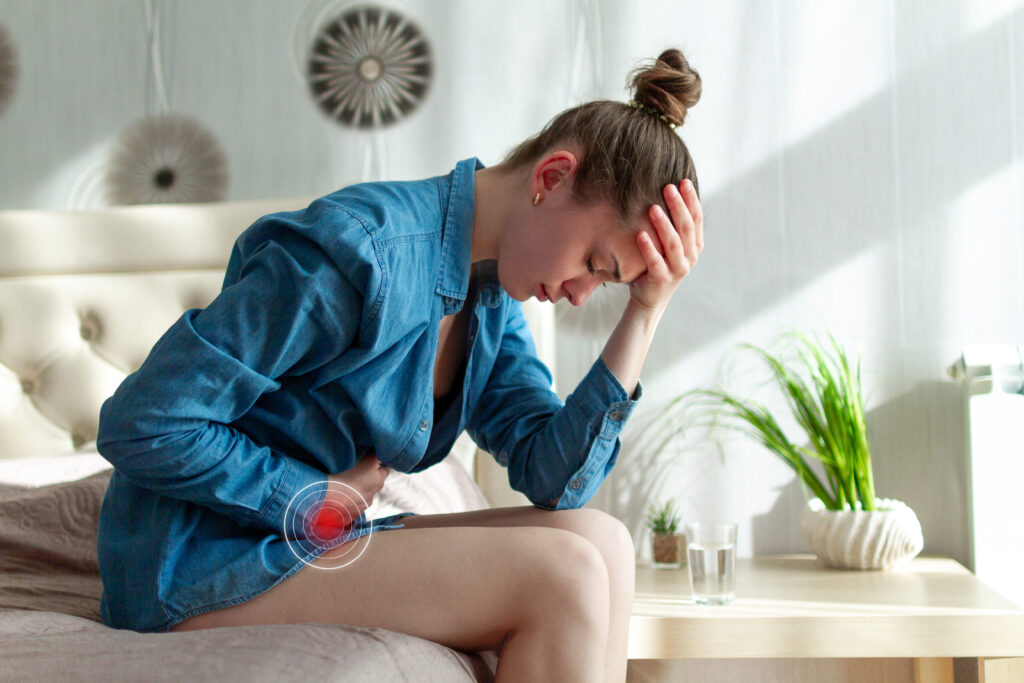We have been taught PMS (premenstrual syndrome) is normal. Suffering every month is just part of being a woman going through her menstrual cycle. Although, it was a handy excuse to get out of PE classes at school. Despite what we may think, the truth is, we don’t have to suffer!
Unfortunately, in today’s society, it can be difficult to structure our lives to work with our cycle. However, gaining a deeper understanding of our body and how we can assist ourselves through our cycle is powerful!
Over many years there have been new diet programs, fitness programmes and other intense hacks. However, there are not many studies on women. According to Flo Living, hormone and autoimmune diseases in women have increased by 50%.
*Disclaimer – we are not medical professionals and advise you to consult your doctor if you are struggling with PMS. This research is from our personal experience and information we have discovered through professionals and study cases. Our only intention is to share this important topic with you.
Why do we suffer from PMS Symptoms?
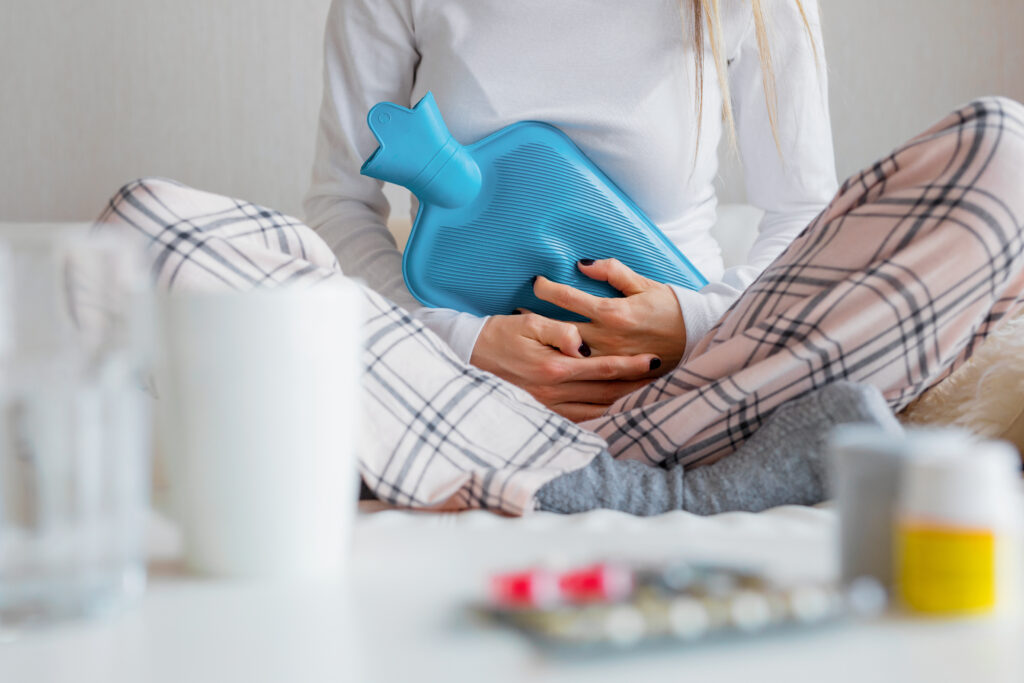
As women, we have an average of a 28-day cycle (this can vary depending on the individual). Our hormones change throughout the different phases, causing us to have more energy in one phase, then feel less sociable in another. Constantly riding the rollercoaster of our hormones.
Men, however, have a 24hr cycle. Their testosterone peaks in the morning, allowing them to maintain energy throughout the day and then drop in the evening. The evidence shows that this may be why the 9-5 workday was created. Men went to work and women stayed home with the children. They realised the men worked best during these times because of their 24hr cycle, giving them the best results.
Now, this is very different for women. We are fighting against our 28-day cycle. One week we are super productive, full of energy and fired up. Then all of a sudden, we feel tired, have less energy, are irritated and want to spend more time alone.
Have you ever arranged a social gathering when in that moment you felt social and energetic, ready to see the girls! Then, when it comes around you don’t have the same energy, quickly finding an excuse to cancel?
I am guilty of this, too!
What is the reasoning behind this?
Our body is going through many changes throughout our 28-day cycle. These revolving changes will impact what we’re eating, how we exercise and when we socialise. When we push ourselves to go against our cycle and how our body is feeling, we suffer from severe PMS symptoms and are at higher risk of other health issues.
What are the different phases of our Menstrual Cycle?
There are four phases to our menstrual cycle. They are; Menstrual, Follicular, Ovulation and the Luteal phases.
Menstrual Phase
The Menstrual phase is the first stage of our cycle and where our period begins. It begins when an egg from the previous cycle isn’t fertilised. This is day one of our cycle.
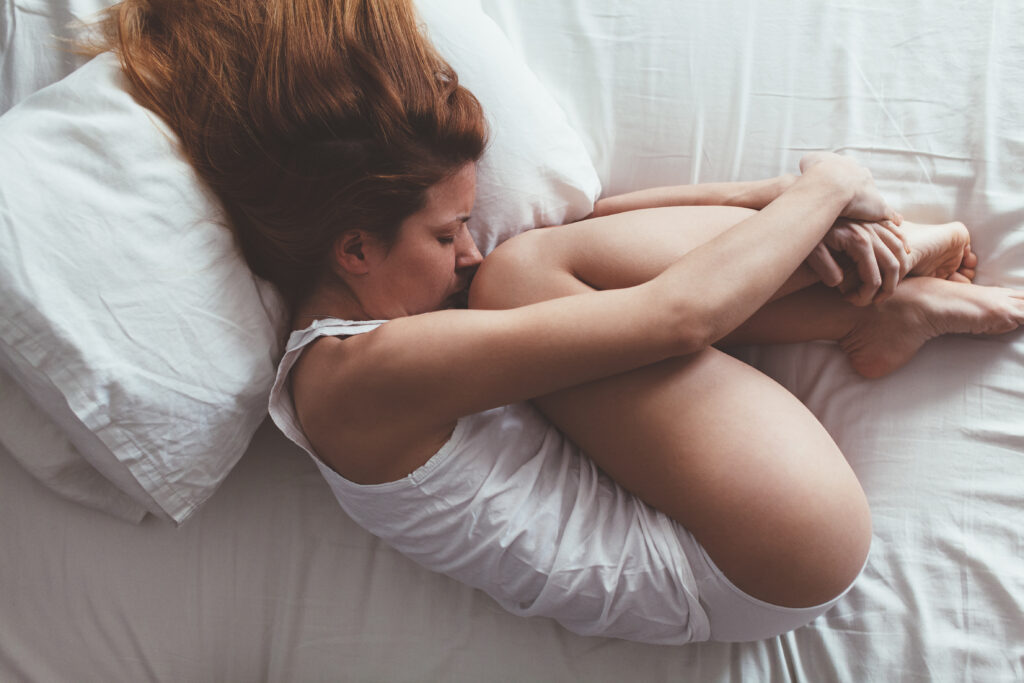
Pregnancy has not taken place so our estrogen and progesterone hormone levels drop. Then the thick lining of the uterus sheds because it is no longer needed. This becomes our period.
Our period can cause us to have the following symptoms; cramping, bloating, tender breasts, mood swings, irritability, tiredness, headaches and lower back pain.
On average, women stay in the menstrual cycle for 3-7 days.
Follicular Phase
The follicular phase overlaps the menstrual phase as it starts on the day of your period and ends when you begin to ovulate.
It starts when your brain sends a signal to your hormones to release the hormone that will stimulate your ovaries to produce around 5 to 20 small sacs called follicles. Each follicle contains an immature egg.
Only the healthiest egg will eventually mature. (Sometimes, a woman may have two eggs mature.) The rest of the follicles will be reabsorbed into your body.
The maturing follicle sends a boost of estrogen that thickens the lining of your uterus. This creates a nutrient-rich environment for an embryo to grow.
On average, the follicular phase can last for 16 days. It can range from 11 to 27 days, depending on your cycle.
Ovulation Phase
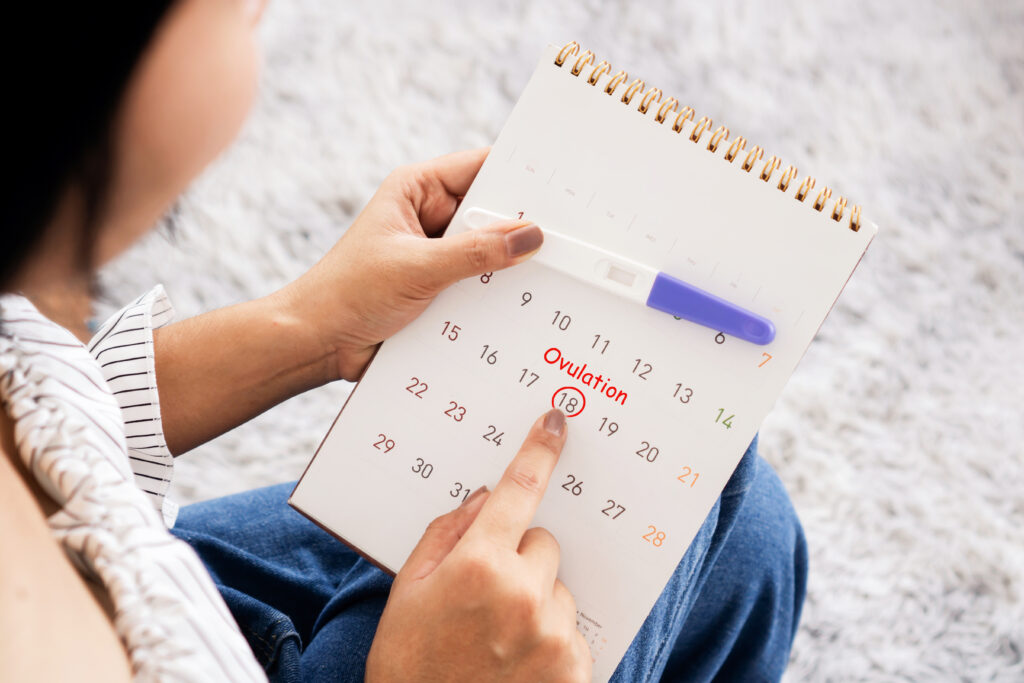
There are rising levels of estrogen in this phase and a signal is sent to start the ovulation phase.
Ovulation is when your ovary releases a mature egg. The egg travels down the fallopian tube toward the uterus to be fertilised by sperm.
The ovulation phase is the only time during your menstrual cycle when you can get pregnant. (However, sperm can live in the uterus for up to five days which means you may get pregnant five days before the ovulation phase).
You can tell that you’re ovulating by a rise in core body temperature and thicker discharge. We use an Oura ring which is able to track body temperature as well as, HRV and sleep. My Oura ring shows me when my body temperature is rising and falling giving guidance to where I am in my cycle. Fascinating!
Ovulation happens around the middle of your cycle (day 14 if you have a 28-day cycle). It lasts about 24 hours. After that, the egg will die or dissolve if it’s not fertilized.
Luteal phase
After the follicle releases its egg, it changes into a normal cyst that forms on the ovary each month. A cyst is a group of cells inside your ovaries that form during each menstrual cycle. It appears right after an egg leaves your ovary (ovulation).
The hormone progesterone and some estrogen are released. The rise in hormones keeps your uterine lining thick and ready for a fertilised egg.
If you are not pregnant, the cysts will shrink away, leading to a decreased level of estrogen and progesterone, which causes the onset of your period.
Bloating, breast swelling, tenderness, headaches, weight gain, food cravings and mood changes are a few of the symptoms of this phase.
The Luteal phase lasts for around 11 to 17 days.
How can we assist our body in each phase to reduce our symptoms and keep us healthy?
Infradian Rhythm
Firstly, women have a secondary biological rhythm (infradian system), which impacts six vital systems within the body. The six systems are the brain, metabolism, immune system, microbiome, stress response system and reproductive system.
Women benefit when they eat, exercise, and work in ways that support their infradian rhythm. However, following diet, fitness, and work trends can be disruptive as we’re doing the same thing every day, week on week. This may work for men but can cause hormonal imbalances for women.
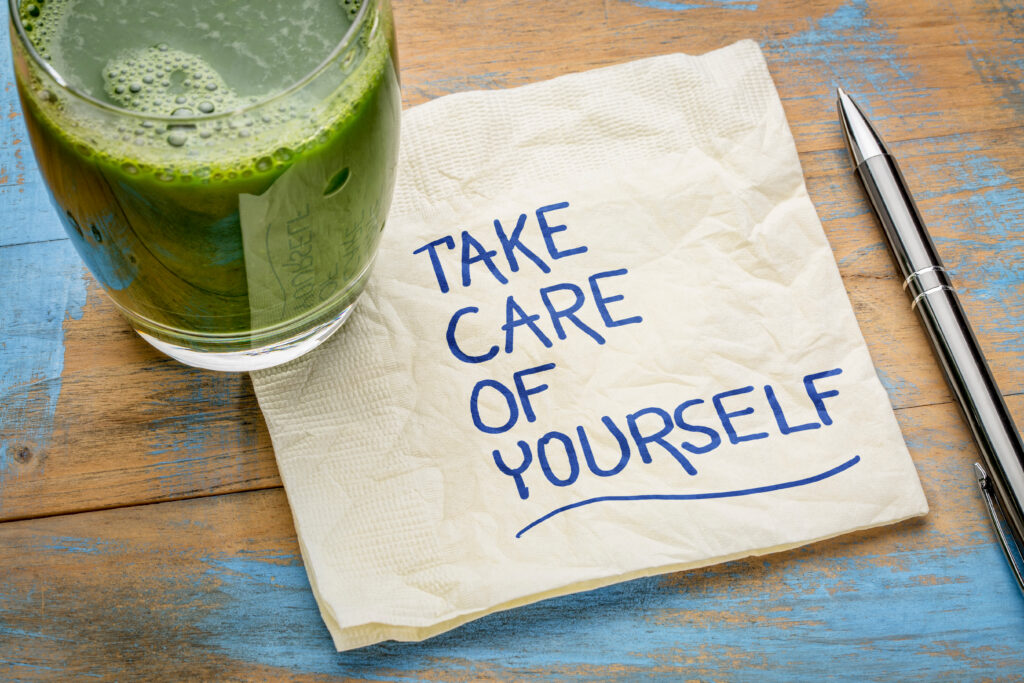
The reason for this is that our bodies and brains are different during each phase of our cycle. Therefore, our food, exercise, and self-care should be different each week.
When we, as women, become more aware of our infradian rhythm and work with it, we become happier, healthier and calmer.
So let us look at cycle syncing. I use the Flo Living app, which is a great way to sync your periods and work out which phase of your cycle you’re in, then to be able to work with it.
Here is a guide to what we can do…
What is Cycle Syncing?
Cycle syncing is where we eat, exercise and do self-care according to our infradian rhythm. We do this by learning when we are in each phase of our cycle, understanding what is happening in our bodies and working with it, rather than against it.
How should I exercise during each phase?
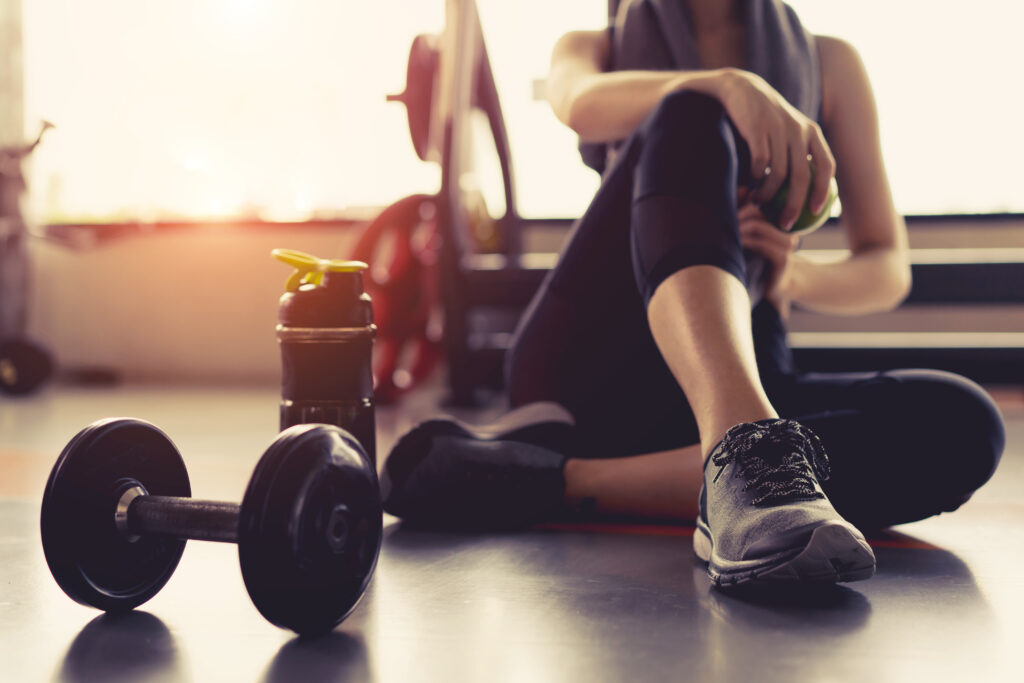
Exercise is an important part of being healthy, for our mental and physical health. However, as women, it can go against us depending on where we are in our cycle.
Menstrual – Very light exercise. Maybe go outside for a slow walk or do some light activity. I enjoy Yin Yoga, meditation and low-impact Pilates. Giving yourself a pamper is much appreciated in this phase.
Follicular – Don’t push it. Keep exercise to a medium intensity like hiking, flow yoga, jogging and anything that will build up a sweat.
Ovulation – This is where you can push yourself. Don’t be afraid to push past your limits. Your testosterone and estrogen are peaking! Try HIIT or high-intensity cardio.
Luteal – Strength training and intense bodyweight training is a great option during this time. Your progesterone is on the rise as testosterone and estrogen deplete. As you come towards the last few days leading to your period, start to slow down as your body prepares. Swap out your gym workout for swimming or yoga.
How should I eat during each phase?
Often, we eat the same foods regularly. However, food affects our hormones. When our hormones fluctuate throughout our cycle, our food also needs to.
As the saying goes, “Food is Medicine”.
Let’s take a look at which foods we should be consuming more of in each phase.
Menstrual
In this phase, estrogen is rising, introducing more herbal and calming teas like chamomile and red raspberry leaf tea to ease cramps. Avoiding or limiting processed fatty foods, alcohol, and caffeine will help with this too.

The body is going through an intense process. It is essential to eat more nutrient-dense and anti-inflammatory foods, especially foods rich in magnesium and iron. For example, dark chocolate (over 75% at least), dark leafy greens, nuts and seafood.
Choose low-glycemic carbohydrates to support the balance of blood sugar and cravings. Keeping hydrated is crucial at this phase, too.
Follicular
Our hormones are still low and beginning to rise. It is important to eat foods like pumpkin seeds, flax seeds, pomegranates and sprouted beans as they will support estrogen as it begins to increase.
Eat a range of healthy fats like avocado, coconut oil, nuts, seeds and grass-fed ghee or butter to help regulate leptin levels, which is needed to sustain your menstrual cycle, giving your body energy to develop and release the follicle.
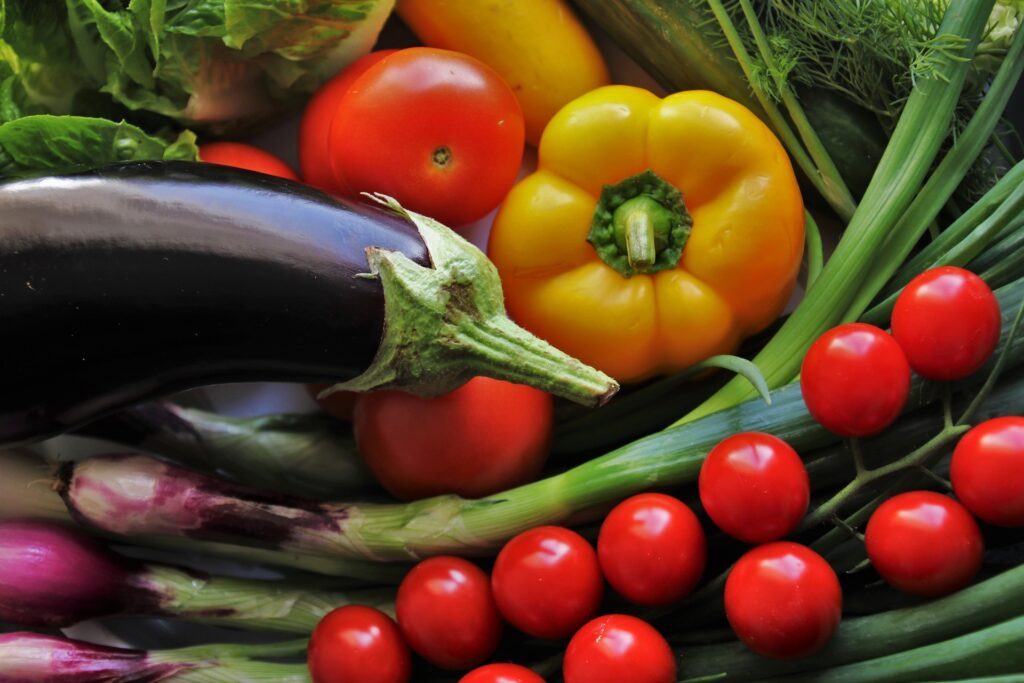
Eat your colours! Adding Vitamin C rich foods like citrus, grapes, bell pepper and berries to help lower stress as your body is prone to high levels of oxidative stress at this time will help combat chemicals in the cells, as well as plenty of vegetables like broccoli, cabbage and cauliflower.
Don’t forget to include lentils, quinoa, salmon and eggs. These foods are all rich in vitamins and minerals. Our bodies need these foods to help fuel us to prepare for ovulation and rebuild the uterine lining.
Ovulation
Estrogen has peaked! Our body needs to be able to dispose of estrogen to avoid having excess. Excess estrogen can have severe effects on our health and can be very damaging.
Include foods that are going to detoxify your liver. For example, veggies like brussel sprouts, kale, cabbage, turnips, cauliflower, and broccoli are all great. Also, vitamin and mineral-rich foods such as quinoa, brown rice, leafy greens, and cold-water fish are good too, as we tend to have a lesser appetite.
Luteal
During this phase, our progesterone is increasing, which means we want to increase our intake of zinc and magnesium. Include foods like nuts, seeds, and beans. To help boost progesterone levels, include foods rich in vitamin C like citrus, leafy greens, and bell pepper and foods high in vitamin B6 like, salmon, bananas and walnuts.
It is crucial to keep blood sugar stable during this phase. Progesterone lowers our blood sugar levels, which is why many of us have sugar cravings. This affects us emotionally, causing us to feel anxious and have mood changes. Including foods that are a good source of protein, fat and fibre is a powerful way to level out our blood sugar.
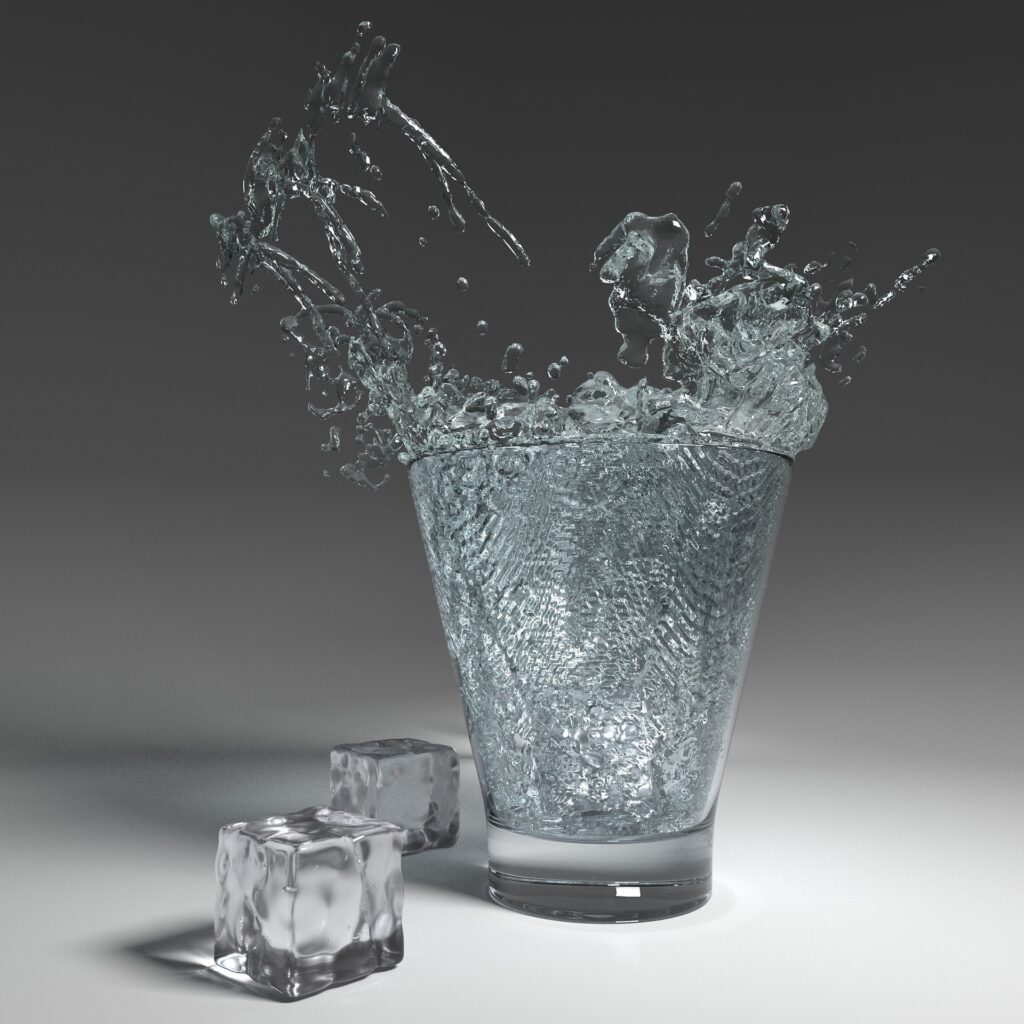
Also, our serotonin and dopamine levels drop later on during this phase, leading towards our period, and causing other PMS symptoms like sadness or stress. We often find ourselves devouring a bar of chocolate or have our heads in the biscuit tin. Don’t feel guilty! To help your body add foods that make us feel happy opt for dark chocolate and include nourishing carbohydrates like sweet potato.
Keep well hydrated during this phase as water retention increases during this time. This causes us to bloat and feel puffy so make sure you are drinking water as often as you can.
How should I self-care during each phase?
As we have discovered, our body is going through many changes through our cycle. During some phases, we can push ourselves and be more sociable than others.
Below are a few things we can do during each phase to support our body and give it the love and care it deserves.
Menstrual
During this phase, we want to be kind to ourselves. This isn’t a time to push ourselves. Instead, schedule some time for yourself, put on a face mask, curl up in a blanket with a hot water bottle and watch your favourite movie. Maybe do some Yin Yoga and meditation. This phase is all about nurturing!
Prioritise a morning routine. Schedule time out for yourself in the morning to set you up for the day ahead. Find out more about morning routines in our previous blog.
Follicular
Your energy is high and you are feeling positive. This is the time to make plans and be sociable. Push yourself, learn new things and plan your goals.
Ovulation
In this phase, your energy is stable. Take some time to do something you enjoy, whether that’s going to your favourite restaurant or having a girl’s day out. Use this time to have fun!
Luteal
This is where our energy levels begin to decrease. We want to take some time for ourselves. Go gentle and practice yoga, pilates and mindful practices. Take yourself for a walk in nature and save your energy.
Summary
Our cycles are complex and they are different for everyone! It is important to remove any guilt we have and not pressure ourselves or beat ourselves up when we are unable to do the same thing every day, consistently. Our bodies are magnificent!
By having some knowledge and understanding of what our body is going through during each phase of our cycle will really help us to finally work with the flow of nature, rather than against it!
This subject can be a minefield. As we mentioned in the beginning, we are not medical professionals, this is from personal experience and our research. We have attached more links to incredible sites that contain more information to help you take care of your body during your cycle.
As we learn on this journey with you, we promise to share more useful information on this subject to help us all thrive!
You’ve got this!
Seek and Discover
Resources
https://flo.health/menstrual-cycle/lifestyle/diet-and-nutrition/foods-to-eat-on-period
https://www.healthline.com/health/womens-health/guide-to-cycle-syncing-how-to-start
https://www.forbes.com/health/family/what-to-eat-during-menstrual-cycle-phases/
